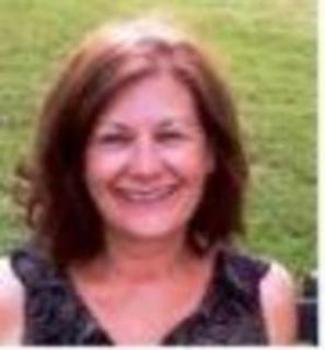This article is a written transcript of the course, “AAC in School Settings: What is the Role of the SLP”, presented by Nancy Robinson, Ph.D. on March 21, 2011.
This text is being provided in a rough draft format. Communication access realtime translation (cart) is provided in order to facilitate communication accessibility and may not be totally verbatim. The consumer should check with the moderator for any clarifications of the material.
>> Amy Hansen: Good afternoon and welcome to this week's virtual conference on Augmentative-Alternative Communication. Today's expert seminar is “AAC in School Settings: What is the Role of the SLP”, presented by Dr. Nancy Robinson.
At this time, I am pleased to introduce our guest editor, Filip Loncke this afternoon.
>> Filip Loncke: Good afternoon and good morning for some of you, I suppose. Thank you, Amy, for the very nice introduction. Our first speaker today is Dr. Nancy Robinson who will talk about how to implement AAC in the schools and the role of the speech-language pathologist. Nancy is an Associate Professor and program coordinator at San Francisco State University in the communicative disorders program. She teaches in the areas of augmentative and alternative communication. She completed her doctoral studies at the University of Washington in Seattle in 1987 and she had her Master's Degree at Portland State University in 1975. For many years, Dr. Robinson assisted in the development of the Center on Disability Studies at the University of Hawaii and Personal Development in American Samoa, Federated States of Micronesia and the Republic of Palau. Her areas of research include family support in multi-cultural contexts, collaboration and interdisciplinary team development, early intervention and, of course, AAC. So without much further ado, I would like to give the floor to Nancy Robinson.
[Applause]
>> Nancy Robinson: Thank you very much, Dr. Loncke and Amy Hansen for inviting me to be here today. I see names in the group of people that are leaders in the field and every one of you who is involved in delivering services in the schools are leaders in implementing AAC with children. So with that said, I would love to have this be an interactive session as much as possible because each of you has experience and expertise to offer. I would like to address questions as we go along as much as I can. If it is not possible I will wait until the end. But as I see questions come on the screen, I will try to address them. So I would like you to feel free to interact.
What is the Role of the SLP?
In talking about augmentative and alternative communication in the schools and the role of the speech-language pathologist, things are changing as we speak. With the advent of Universal Design for Learning, which has become a very pervasive and very compelling movement in education, I think it behooves our field as speech-language pathologists to be a part of that movement. In many ways we are. But I think there are specific things that we can help prepare our students and ourselves to be more a part of the school community and changes in the schools. So really the focus of what I would like to talk about today has to do with:
- Our expanding roles based on policy and legislation and practice,
- This notion of the general curriculum. What is the general curriculum and how can we be part of that?
- Serving students with AAC needs. I would love to hear some of your comments about how this is working out there in the world. In the San Francisco Bay area I'm very much involved in the schools but I certainly don't know the whole picture across the country.
- Then specifically I would like to acquaint you with a project that we're developing to help prepare our students as they go out into the field and the schools to be better prepared as partners in the school to implement AAC.
So those are the areas I would like to talk about. I notice someone on this screen asked if we will be discussing Proloquo® on the IPod®. We won't really be talking about specific tools or specific programs per se. But if you have comments about that, perhaps we can address that at the end.

